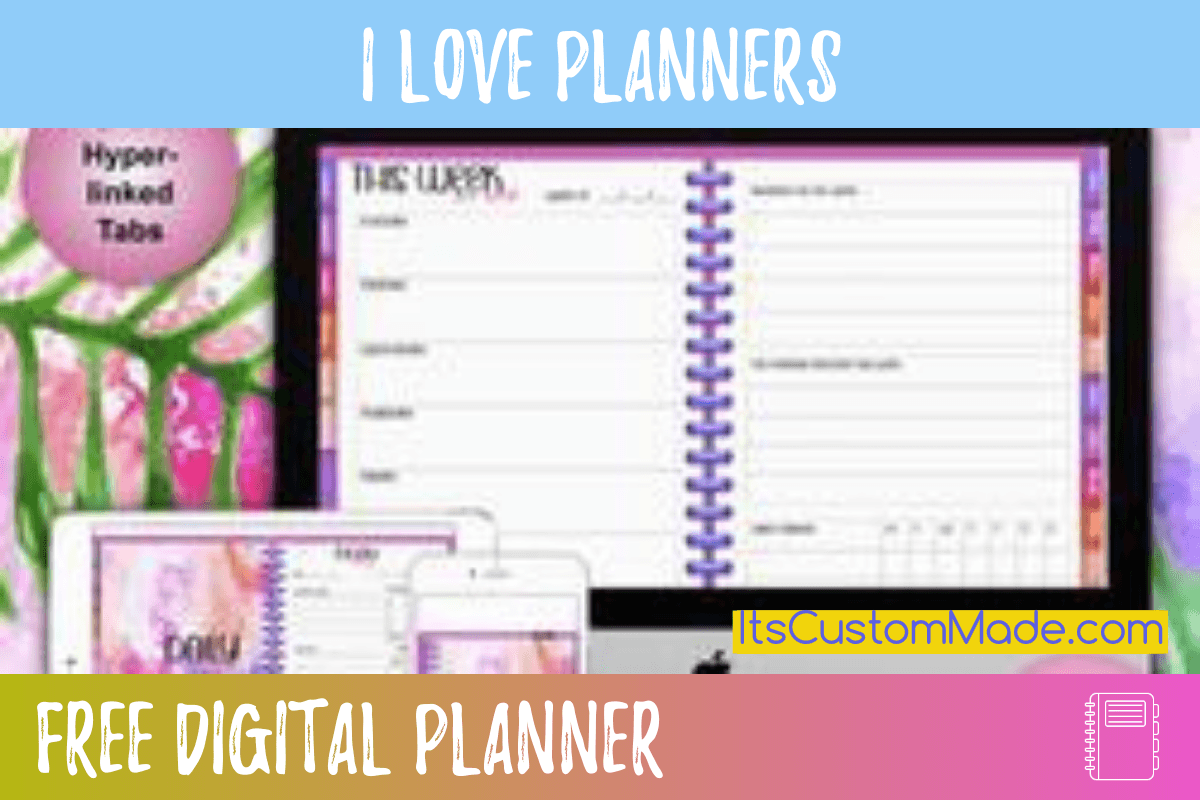
Even if you haven’t purposely created a funnel, you may already have one. However, if you haven’t planned it, you may have serious gaps which will cause you to lose money.
What is a Funnel?
A funnel is simply a representation of how you attract a lead, turn them into a prospect, and finally, a customer. It’s a process of gaining awareness, enticing them to sign up for your lists, and then nurturing the relationship so that they become lifelong customers. The reason we use a funnel to represent this is that it starts out wide at the top and gets smaller at the bottom, demonstrating visually the amount of content and information you’ll need to provide to get to the next level. There are many ways you can set this up, but most of them follow the same trajectory. The entire point of the funnel is to provide a process to acquire leads, teach the leads about you and your solutions, and eventually sell your product.
Funnel Example
You can set up funnels for almost any goal you’ve set for yourself and your business. But the best way for you to understand what a funnel looks like is to think of the image of a funnel, with the widest part at the top and the narrowest at the bottom. The idea is that you must do a lot more to attract people and to get awareness than you do to encourage advocacy after the conversion.
- Awareness – At the top and widest part of the funnel is where you will plan how to attract, inform, and educate people who are basically strangers about your brand and solutions. You can use search engine optimization, blogging, social media, and other methods to accomplish this part of the funnel.
- Consideration – At this point, you’ve found some leads and how you need to qualify them with your calls to action, landing pages, personalization, and nurturing. At this point, you may want to provide white pages, comparison charts, and other information that helps them choose between you and your competition.
- Conversion – Once you’ve got someone to answer your CTA, that is considered a conversion. It may be that someone downloaded a freebie, or it may be that they become a paying customer, it depends on your conversion goal. The truth is, when you nurture your leads, you’ll get far more sales than if you don’t set up a plan.
- Loyalty and Advocacy – After the conversion is when the real job to please, excite, and motivate your audience comes into play. Those who have converted should be segmented into the type of conversion they made, whether it was to download a freebie (lead) or it was to buy something from you (customer). Once this happens, you can work on making them feel loyal to your brand, so they’ll keep buying but also so that they become brand advocates and help you make more sales.
A funnel is essentially a way to show the process of attracting your target audience, proving to them that you are offering a valuable solution for their problems, and then converting them to buy from you. Additionally, the funnel will help you delight your customers after conversion if you take the time to map out what you have, fill in, and fix the holes in your funnel. Match the products, content, and information you already have to the categories above.
READERS LIKE YOU ARE ALSO INTERESTED...

LET US KNOW WHERE TO SEND YOUR DIGITAL PLANNER.
